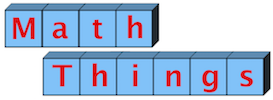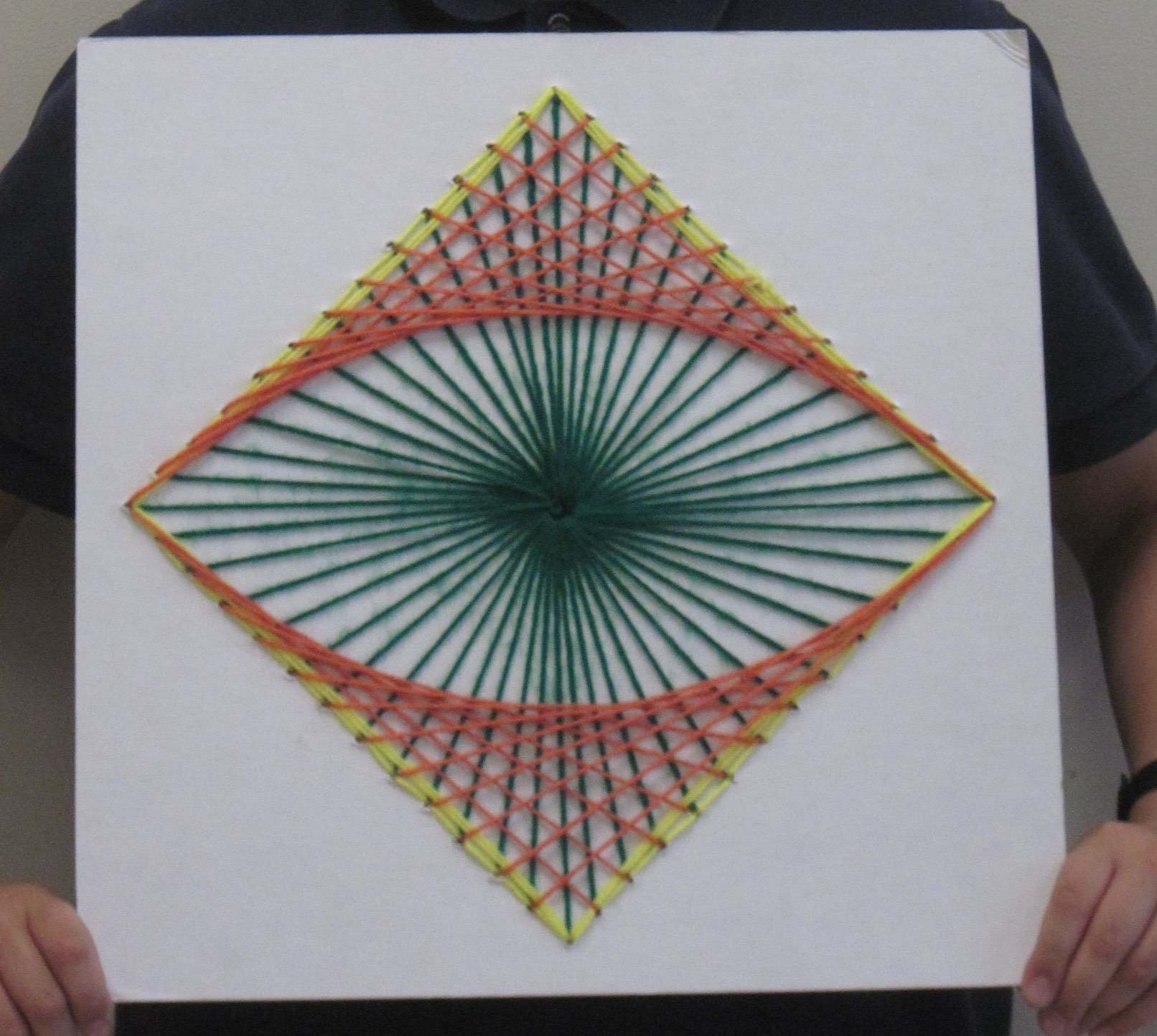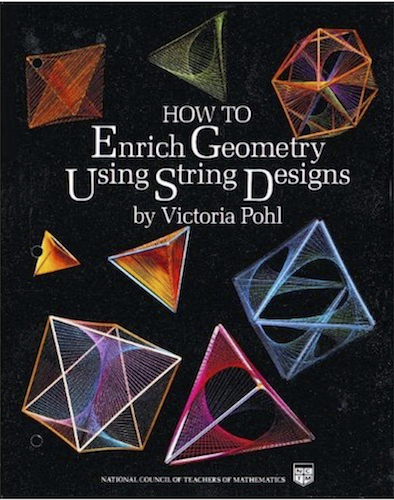Yarn and Line Designs
Making line designs is an excellent extended project for a 4th or 5th grade class. It integrates many skills and concepts, and students get to take something home they can display. A class can complete a line design, starting with an 11” square with only a large circle with the center marked on it, in 3 class periods.
What are they?
The picture at top left shows a completed yarn or string design. Students have measured and drawn a design on matting board and marked the location of holes. The teacher then drills holes at the marked locations, and the student weaves the design using weaving needles and differently colored yarns.
Below left is an example of a line design, drawn with colored pencil. Students draw and lay out these designs in the same manner as string designs, but on large sheets of paper. They then draw the lines using colored pencil and their choices of colors.
Yarn designs are clearly a long term project. Line designs, however, can be done in three class periods, starting only with a large centered circle, by students who are familiar with drawing angles and measuring precisely using metric units.
Yarn Designs
I’m including my notes on making yarn designs from a presentation I did at the December, 2015 ATOMIC (Connecticut chapter of the NCTM) conference. Unfortunately, it's not illustrated, but I think it's worth reading for the detail about decisions and stumbling blocks you will encounter. The pictures at left and above left are completed designs, as are the three pictures below. All of these were done by 3rd, 4th, and 5th graders.
And if you’re seriously thinking about string designs, get your hands on Victoria Pohl’s 1986 book, How to Enrich Geometry Using String Designs, published by the NCTM. This is a wonderful book, well-sequenced and illustrated in great detail. It’s out of print now, but still available from used booksellers.
Line designs
At that 2015 conference, my slideshow presentation covered the process of creating line designs, but it also included a lot of background information pertinent to students' understanding about angles and their relationships with circles and polygons. All of these designs involve students' inscribing a polygon in a circle by measuring and extending central angles. The slideshow and teaching notes are available at my TPT store.
Geometric Art: Line Designs, Angle Measure, and Circles








